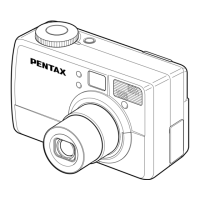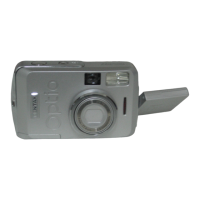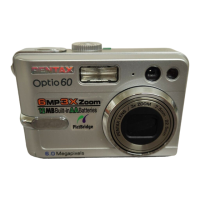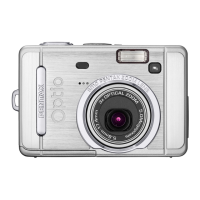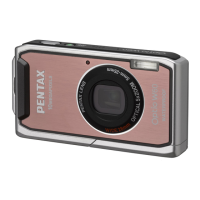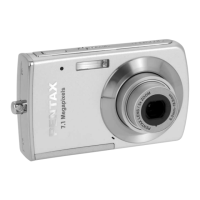What to do if shutter release button will not release on Pentax Optio 330?
- DDominic PhillipsJul 26, 2025
If the shutter release button on your Pentax Digital Camera is not releasing, make sure the camera is not set to Play mode. It should be set to or . Also, if the flash lamp is blinking red, the flash is charging, and you won't be able to take pictures until it's finished charging. A red light indicates charging is complete. Ensure that there is available space on the CF card, or wait until recording is finished.
